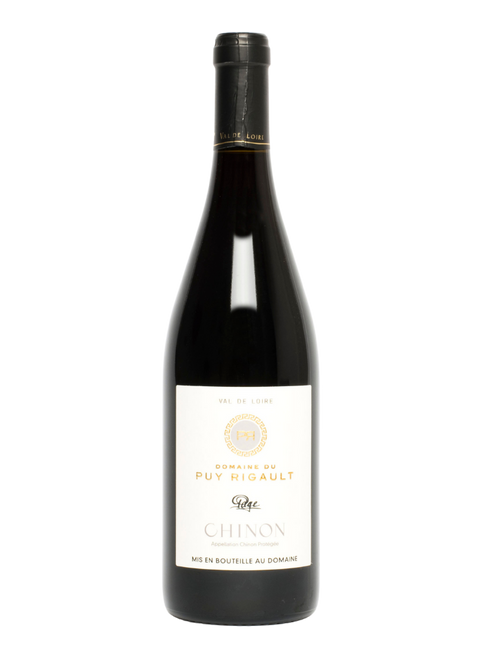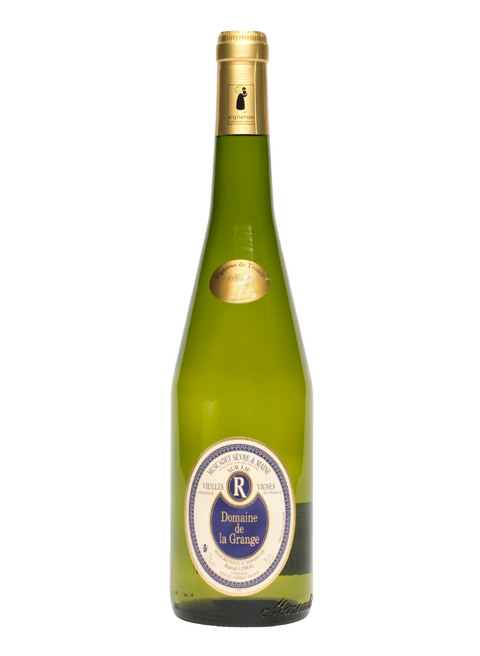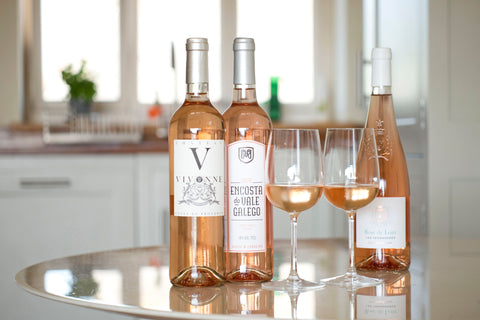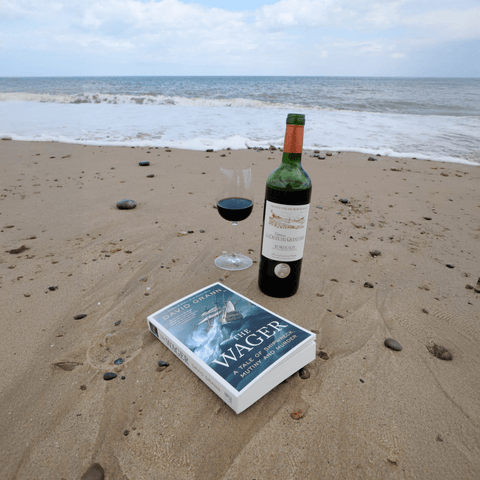The importance of Old Vines
16th May 2025 | Mary Domange
If you've ever wondered what Vielles Vignes,Viñas Viejas, and Vecchie Viti mean on a wine label, read on to find out more about facts and fiction surrounding Old Vines and the wines they produce.
In recent years, there has been a refocus of attention on the significance of old vines. While we have actively sought out these wines for over two decades, the concept has quite rightly been hitting the wine headlines in recent years. You may have seen the terms Vielles Vignes, Vinas Viejas or Vecchie Viti on a wine label - all of which mean Old Vines in French, Spanish and Italian - and there is a clear belief among winegrowers and enthusiasts that it is the grapes from the older vines that produce the more interesting, intense wines of character that best represent their terroir.
What do we mean by Old Vines?
As a general rule - vines older than about 50 years would be considered as old but in real terms there is enormous variation according to the region and the grape variety. In Europe it is relatively rare to find vines hitting the 100 year mark or more, largely due to the devastation caused by Phyloxera at the end of the 19th century - whereas vines of this age are more plentiful in Chile, Argentina and Southern Australia where they were not affected by this pest.
The plight of Phyloxera
In the 19th century, Europe was hit by the devastating aphid-like pest of phylloxera which wiped out more than two thirds of all vineyards, particularly in France. The only way to recover was to replant vines using American rootstock which was resistant to the pest. However, in so doing, the vines' lifespan was shortened to around 30 years, and old vines all but disappeared. Those that remain are precious and a winemaker will typically choose the smaller yields produced from older vines to make their finest blends.
A few parts of the world were protected from Phyloxera althogether, including Chile, Cyprus and South Australia mentioned above - due to their geographical isolation as well as their careful quarantine measures.
Red or White grapes?
The longest lived vines tend to be red grape producers, with fewer white grape varieties surviving to a ripe old age. A notable exception is the white grape variety Melon de Bourgogne, used to make the famous Loire Valley white wine, Muscadet. I'd argue that the difference between a Muscadet made from old and young vines is marked - with a greater intensity of fruit and flavour than you might expect from this region and well worth looking out for the Vielles Vignes indication on the label.
The Old Vine Charter
An Old Vine Charter was created in the Australian region of Barossa in 2009 to catalogue and preserve old vines - the oldest of which date back to 1843. The categories include Old Vines (35+), Survivor Vines (70+), Centenarian Vines (100+) and Ancestor Vines (125+) - which include our Shiraz Langhorn Creek 2014 from Formby Vineyards.
What's so good about Old Vines
As with everything in wine, there are differing views on this. Some believe that there is too much emphasis placed on the near godlike status bestowed on the oldest of producing vines - but many people, including ourselves - have frequently been impressed by the complexity and concentration found in good wines made from well nurtured old vines. There is little in the way of science currently to back up the reasons why exactly old vines can be so good - but theories suggest that the more established roots allow them to reach deep into the earth for water and nutrients, giving them greater resilience to adverse weather conditions. It is also thought that their longevity adds a real expression of the terroir or geographical region to the wine. Because they produce less fruit - the grapes tend to be more concentrated and fuller in flavour with a better proportion of skin to juice - which means they ripen more evenly - again providing grapes with a fuller, more intense flavour.
What do Old Vines look like?
Here is where us wine geeks can get quite starry-eyed as old vines, with their thick, gnarly, intertwined stems, marked by decades of pruning, provide some of the most beautiful shapes, speaking of their history in the way that old trees speak of their past.
Is there anything wrong with young vines?
Of course the answer is no - not at all. Some of the world's greatest wines are produced from younger wines - and while well-nurtured and well-preserved old vines are a thing of beauty and bounty - old vines that are not well treated will not produce the desired results.
Why should we care about old vines?
Old vines are harder to farm, harder to prune and don't lend themselves to mechanical harvesting and cultivating. They need focus and attention to thrive - but the results can be spectacular. They are the antithesis to a world focussed on mass production and cutting corners - and the growers who embrace them are people we believe should be supported. Old vines say as much about the future of winemaking as the past.








Comments (0)
There are no comments for this article. Be the first one to leave a message!